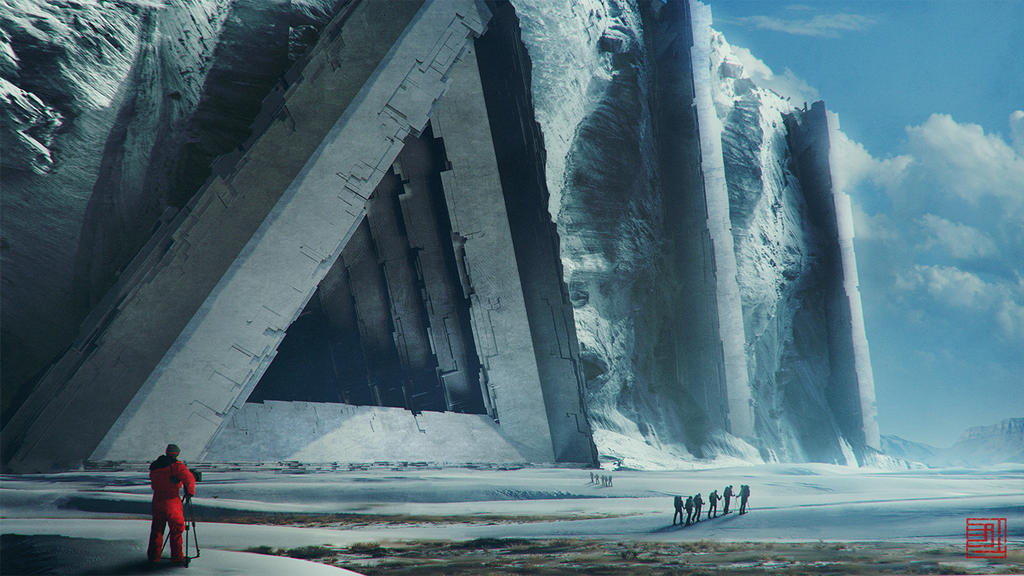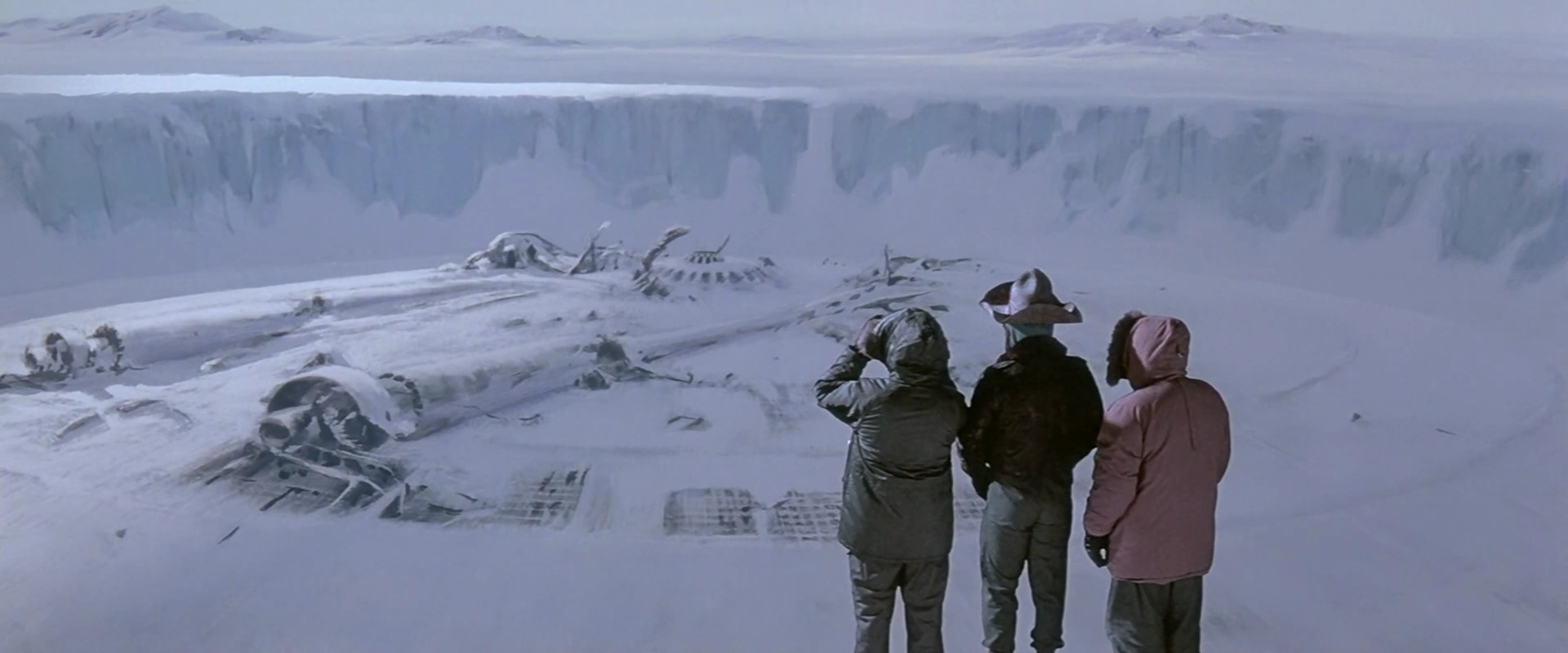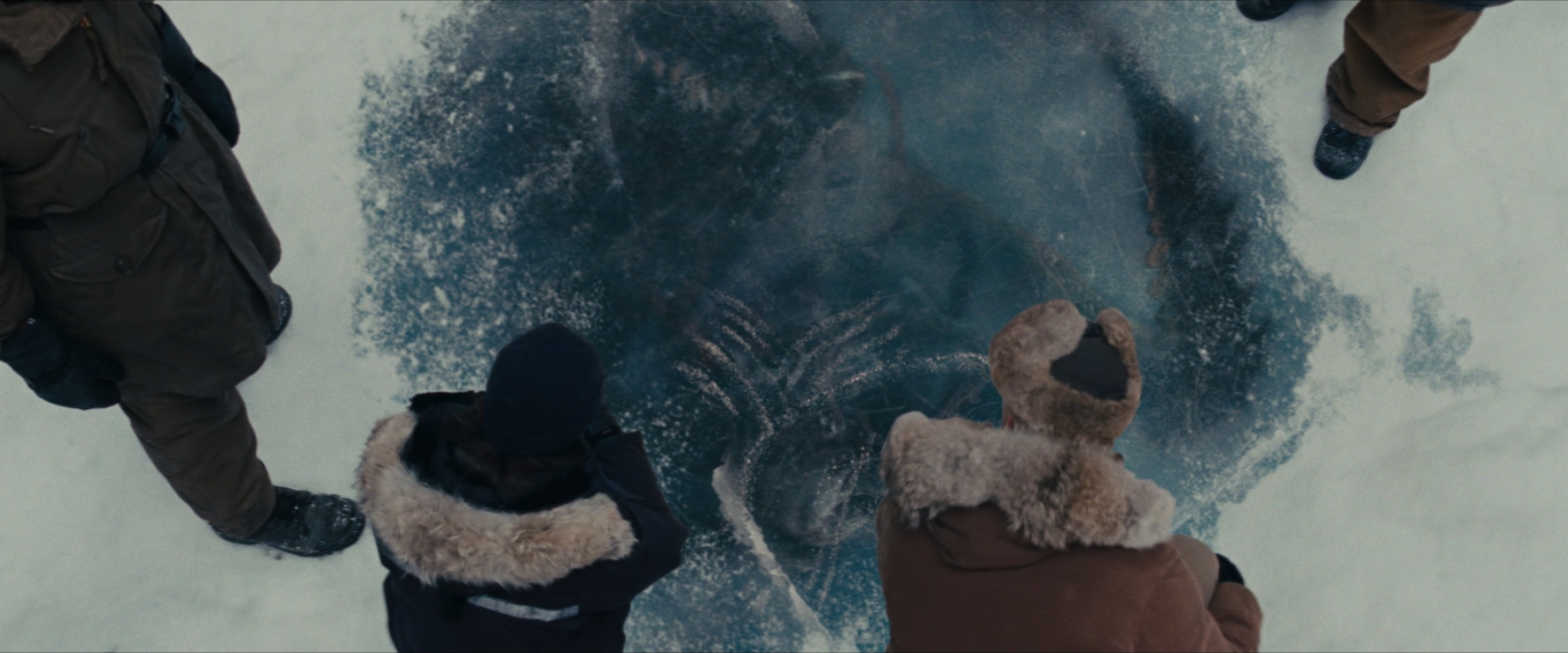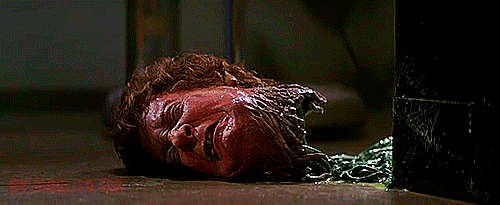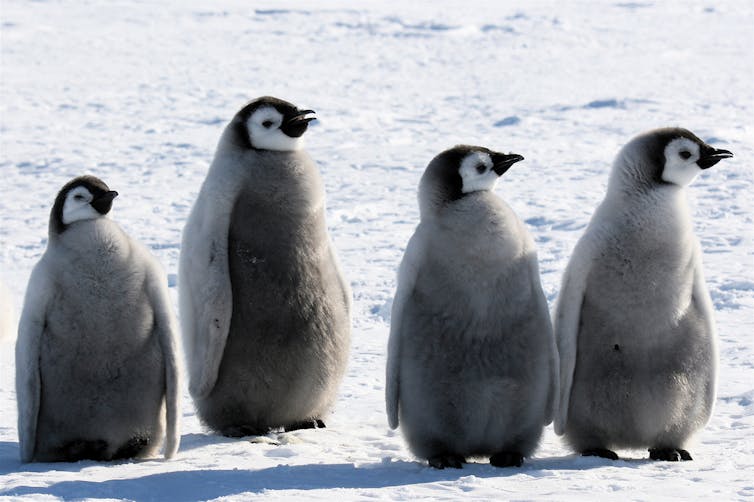| Author | Message |
the Antarctic continent
This continent has always inspired mystery and 'sci fi' image possibilities. What was it like 'in the beginning' was there ever 'animal/human' life on this continent (besides the penguines that migrate for a time)
After seeing this clip of the sounds heard when wind whipped across it (which sounds so eerie or sci fi ish...like there is an alien ship underneath) what do you know of the continent?
http://www.msn.com/en-us/...?ocid=iehp
Listen to this: Weird, spooky noises heard in Antarctic ice shelfDoyle Rice
Everyone's getting in on the eerie Halloween mood these days, even the ice in Antarctica. Using special instruments, scientists have discovered weird sounds at the bottom of the world. The noise is actually vibrating ice, caused by the wind blowing across snow dunes, according to a new study. “It's kind of like you're blowing a flute, constantly, on the ice shelf,” study lead author Julien Chaput, a geophysicist and mathematician at Colorado State University, said in a statement. Another scientist, glaciologist Douglas MacAyeal of the University of Chicago, likened the sounds to the buzz of thousands of cicadas. The sounds are too low in frequency to be heard by human ears unless sped up by the monitoring equipment. The original reason for the study was not to record sounds down there but to research what's happening to the continent's ice shelves: In 2014, scientists buried 34 seismic sensors under the snow on Antarctica's Ross Ice Shelf in order to monitor its structure and movement. Ice shelves have been thinning and collapsing in Antarctica because of warmer ocean and air temperatures because of climate change. As the shelves disintegrate, they allow other inland ice to fall into the ocean, contributing to sea level rise. Studying the vibrations of an ice shelf’s insulating snow jacket could give scientists a sense of how it is responding to changing climate conditions, MacAyeal said. Changes to the ice shelf’s "seismic hum" could also indicate whether cracks in the ice are forming that might indicate whether the ice shelf is susceptible to breaking up. “The response of the ice shelf tells us that we can track extremely sensitive details about it,” Chaput said. “Basically, what we have on our hands is a tool to monitor the environment, really. And its impact on the ice shelf.” The study was published Tuesday in Geophysical Research Letters, a journal of the American Geophysical Union.
| |
- E-mail - orgNote -  Report post to moderator Report post to moderator |
ANTARCTICA Flora: Peacham
| |
- E-mail - orgNote -  Report post to moderator Report post to moderator |
| |
- E-mail - orgNote -  Report post to moderator Report post to moderator |
http://www.abc.net.au/sci...nsubscribe
Experts map Antarctica's liveliest regionsStephen Pincock
From bacteria living inside rocks to lush green moss beds, Antarctica is home to an abundance of biodiversity that needs protecting, say Australian researchers. Approximately 46,000 square kilometres, or 1 per cent, of Antarctica is free of the ice, says Dr Aleks Terauds from the Australian Antarctic Division . In the past, these ice free areas were thought of as polar deserts, but in more recent years scientists have realised they contain a great diversity of life. Terauds and colleagues recently conducted the most comprehensive analysis to date of the biodiversity in these ice-free regions. They identified 15 biologically distinct areas that they say need to be protected to prevent vulnerable biodiversity being lost. They presented their findings at the Antarctic Treaty Consultative Meeting in Hobart this week, and published them in the current issue of the journal Diversity and Distributions. "What we did was to analyse 38,000 records to get all the biodiversity information we could find for terrestrial Antarctica," Terauds says. "It encapsulates all the life in these ice-free areas, from the microbes in the soil all the way up to the lichen." Moss, lichen and water bearsThe 15 distinct regions that this process identified range from the tiny sub-Antarctic South Orkney Islands to the Trans-Antarctic Mountains, which cover an area of almost 20,000 square kilometres. Each is home to a distinct assemblage of living things adapted to withstand the continent's harsh climate. "On the Antarctic peninsula, for example, lichens and mosses grow on exposed rocks and gravel, while in the dry valleys, there are microbes living within the fabric of the rocks themselves," Terauds says. "It's one of the driest places in the world, but there's just enough water there to keep these organisms alive." And around Australia's Casey Station in East Antarctica, there are mossy areas sometimes called the 'Daintree of the Antarctic' because of the rich biodiversity they contain. Living close to the ground within the mosses are remarkable creatures such as microscopic eight-legged tardigrades, or 'water bears', and springtails, whose tail-like appendages can fling them into the air, away from danger. "We're talking about literally a green carpet, interspersed with yellow and darker areas," says Terauds. "It looks lush. It's pretty amazing to see such greenery in Antarctic." Protecting diversityTerauds and his colleagues hope the new information will help protect the different unique ecosystems by limiting the accidental transfer of plants and animals between the different regions. "We already have some good processes in place to prevent people bringing alien species into Antarctica by cleaning their boots and so on," he says. "Because we know there are biologically distinct areas in Antarctica we need to start thinking about putting similar mechanisms in place when moving from one area to another." "Because the sort of travel between areas in Antarctica has only increased in the past few years, this is really timely," Terauds says. "There is a real willingness to make sure biodiversity is maintained in terrestrial Antarctica." The scientists also argue that the 15 biogeographic regions they identified form a very good framework for assessing the network of protected areas that have been established in the Antarctic. "Four of the 15 areas we identified don't have any protected regions within them," says Terauds. "It would make sense to have protected areas within each of these regions."
| |
- E-mail - orgNote -  Report post to moderator Report post to moderator |
Deep Antarctic Expedition by Julian-Faylona
Some are convinced that the answer to the mysteries of the distant past are buried deep in the ice of Antarctica.
https://www.deviantart.com/julian-faylona/art/Deep-Antarctic-Expedition-616125764
| |
- E-mail - orgNote -  Report post to moderator Report post to moderator |
| |
- E-mail - orgNote -  Report post to moderator Report post to moderator |
| |
- E-mail - orgNote -  Report post to moderator Report post to moderator |
I just rewatched March of the Penguins a few days ago. Penguins are so freaking adorable. Time keeps on slipping into the future...
This moment is all there is... | |
- E-mail - orgNote -  Report post to moderator Report post to moderator |
Deepest Dive Ever Under Antarctica Reveals a Shockingly Vibrant World Our special report offers a rare look at life beneath the frozen continent—where penguins, seals, and exotic creatures thrive.
https://www.nationalgeogr...tname=none
"Music gives a soul to the universe, wings to the mind, flight to the imagination and life to everything." --Plato
https://youtu.be/CVwv9LZMah0 | |
- E-mail - orgNote -  Report post to moderator Report post to moderator |
what's under all that ice? | |
- E-mail - orgNote -  Report post to moderator Report post to moderator |
| |
- E-mail - orgNote -  Report post to moderator Report post to moderator |
"Music gives a soul to the universe, wings to the mind, flight to the imagination and life to everything." --Plato
https://youtu.be/CVwv9LZMah0 | |
- E-mail - orgNote -  Report post to moderator Report post to moderator |
| |
- E-mail - orgNote -  Report post to moderator Report post to moderator |
I haven't been able to eat solids all day after seeing those | |
- E-mail - orgNote -  Report post to moderator Report post to moderator |
- E-mail - orgNote -  Report post to moderator Report post to moderator |
 New topic
New topic Printable
Printable



